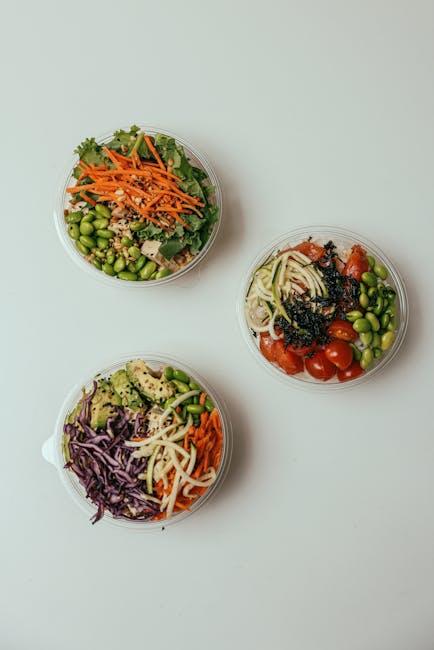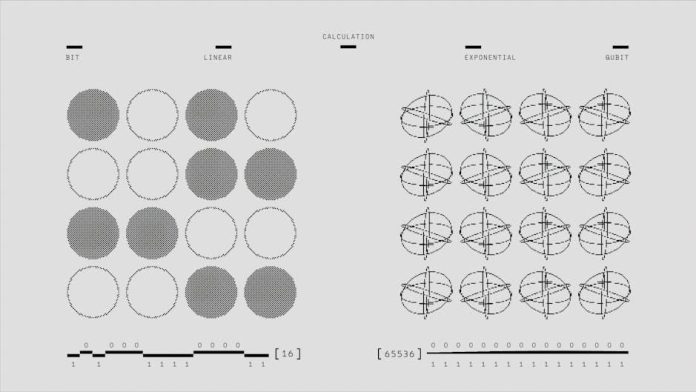In the bustling world of culinary delights, where flavors dance and aromas entice, there’s a hidden symphony playing within each dish—the symphony of nutrients. Just as a maestro expertly orchestrates a harmonious melody, you too can learn to unravel the nutritional secrets of your meals. Welcome to a journey where science meets creativity, and where understanding the nutrient content in your meals becomes an empowering tool for a healthier, more vibrant life. With each calculation, you’ll discover how to fine-tune your diet, ensuring that every bite is a step toward wellness. So, grab your apron and calculator, and let’s embark on this exciting adventure of nutritional exploration, where optimism and knowledge blend to create the perfect recipe for well-being.
Decoding the Nutrient Puzzle Unveiling the Secrets to Balanced Meals
Imagine each meal as a vibrant tapestry woven with the essential threads of nutrition. To master the art of crafting balanced meals, one must first embrace the intricacies of nutrient calculation. Here’s a guide to unraveling this enigma. Begin by identifying the core components: carbohydrates, proteins, and fats. Each of these macronutrients contributes a distinct caloric value per gram—carbohydrates and proteins at 4 calories each, while fats are denser at 9 calories per gram. But don’t stop there; delve deeper into the micronutrients, those magical elements like vitamins and minerals, which though required in smaller quantities, are the unsung heroes of our health.
- Start with a Food Database: Leverage online resources or apps that provide detailed nutrient breakdowns of foods. This will be your treasure map in navigating the nutrient landscape.
- Use a Nutrient Calculator: Input your meal ingredients to assess their nutritional content, ensuring a harmonious blend of macronutrients and micronutrients.
- Embrace Portion Control: Balancing your plate isn’t just about what’s on it, but how much. Precision in portion sizes can transform a meal from mundane to magnificent.
- Experiment with Colors and Textures: Often, the more colorful your plate, the more diverse the nutrients. Each color can represent different vitamins and antioxidants, so let your creativity run wild.
With these tools in hand, every meal becomes an opportunity to nourish not just the body, but the spirit. Embark on this culinary journey with curiosity and joy, for each meal is a step closer to decoding the nutrient puzzle.

Harnessing Nutrient Power The Art of Calculating Essential Vitamins and Minerals
In the quest to master the nutritional landscape of your meals, understanding how to calculate the vitamin and mineral content is both an art and a science. With the right approach, you can transform your kitchen into a nutritional powerhouse. Begin by identifying the ingredients in your dish and using a reliable food database to check their nutritional profiles. FoodData Central and MyFitnessPal are excellent resources that provide detailed breakdowns of essential nutrients. Once you have the data, calculate the total content of each vitamin and mineral by considering the portion size of each ingredient in your recipe. This process will give you a comprehensive view of the nutrient density of your meal.
- Keep a food diary: Document your meals to track nutrient intake over time.
- Use kitchen scales: Precise measurements ensure accurate calculations.
- Embrace variety: Include a diverse range of ingredients to cover a broad spectrum of nutrients.
- Consider bioavailability: Some nutrients are better absorbed together, like vitamin C with iron.
By following these steps, you’ll not only boost your nutritional knowledge but also enhance your culinary creations with a mindful approach to health and wellness. Whether you’re a seasoned chef or a home cook, this method empowers you to create meals that are both delicious and nutritionally balanced.

Mastering Meal Math Transforming Your Kitchen into a Nutrient Lab
Imagine your kitchen as a bustling lab, where culinary creativity meets scientific precision. Calculating the nutrient content in your meals is not just a task, but an adventure in discovery. To embark on this journey, start by gathering the nutritional data of each ingredient. Resources like the USDA Food Database can be your trusty lab assistant, providing you with detailed nutrient profiles. Once you have your data, it’s time to experiment! Use tools like spreadsheets or nutrient calculators to input the amounts and weights of each ingredient. This will help you unveil the nutritional tapestry of your meal, revealing its hidden potential.
- Ingredient Analysis: Break down your recipe into individual components, noting down their quantities.
- Data Collection: Utilize online databases or food labels to gather nutritional information.
- Calculation: Use software or manual calculations to determine the total nutrient content, adjusting for serving sizes.
- Experimentation: Modify ingredients and quantities to optimize nutritional value without sacrificing taste.
With these steps, you transform your kitchen into a nutrient lab, empowering you to create meals that are both delicious and nourishing. Every dish becomes an opportunity to balance flavors and nutrients, turning everyday cooking into a delightful scientific pursuit.

From Ingredients to Insights Navigating Nutrient Calculations with Confidence
Embarking on the journey to accurately assess the nutrient content in meals can feel like stepping into a culinary labyrinth. However, with the right tools and techniques, this process transforms into an enlightening experience. Start by selecting a reliable nutritional database or app—these digital allies will be your guiding stars. They offer detailed breakdowns of vitamins, minerals, and macronutrients, helping you decode the nutritional DNA of each ingredient. Precision is key: measure your ingredients carefully to ensure the most accurate results.
Once your ingredients are laid out, it’s time to weave the magic of nutrient calculations. Consider the following steps to streamline your process:
- Document everything: Keep a detailed list of all ingredients and their respective quantities.
- Utilize digital tools: Input your data into apps or spreadsheets that automatically calculate nutrient totals.
- Adjust for cooking methods: Understand how boiling, frying, or baking may alter nutrient levels.
- Compare with dietary guidelines: Align your findings with recommended daily values to tailor meals for specific nutritional goals.
With these strategies, transform your kitchen into a laboratory of health and flavor, where every dish tells a story of nutritional wisdom and culinary creativity.



